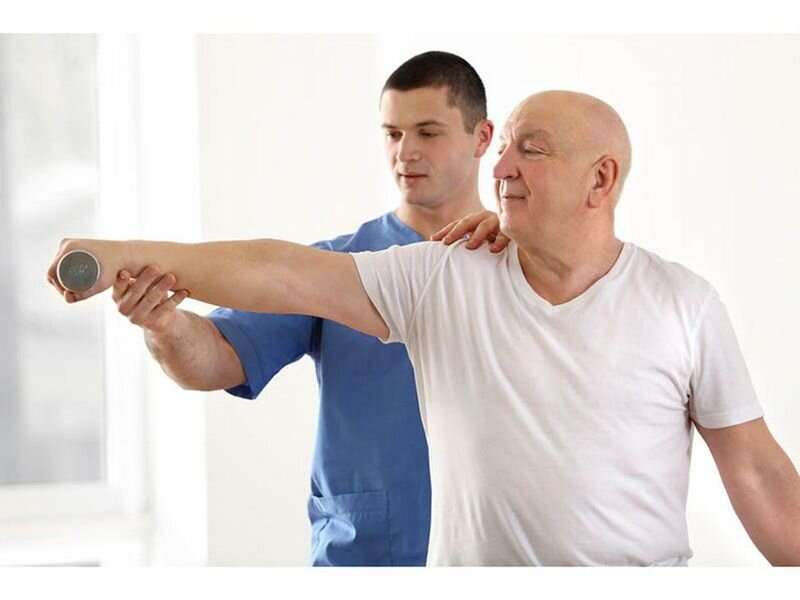
A first-of-a-kind nerve stimulation treatment for people who have problems moving their arms after a stroke has been approved by the U.S. Food and Drug Administration.
“People who have lost mobility in their hands and arms due to ischemic stroke are often limited in their treatment options for regaining motor function,” explained Dr. Christopher Loftus. He is acting director of the FDA’s Center for Devices and Radiological Health’s Office of Neurological and Physical Medicine Devices. An ischemic stroke is caused by blocked blood flow to the brain.
“Today’s approval of the Vivistim Paired VNS System offers the first stroke rehabilitation option using vagus nerve stimulation [VNS],” Loftus said in an FDA news release. “Used alongside rehabilitative exercise, this device may offer benefit to those who have lost function in their upper limbs due to ischemic stroke.”
The Vivistim System is a prescription therapy for ischemic stroke patients who have moderate to severe difficulty moving their arms and hands. Used either at home or in a clinic, the system electrically stimulates the vagus nerve, which runs from the brain to the abdomen.
An implantable generator that produces a mild electrical pulse is implanted just under the skin in the chest of the patient. A wire that’s attached to the generator is also implanted under the skin and sends pulses to electrodes that are placed on the left side of the neck, where the vagus nerve is located, the FDA explained.
The system also includes laptop software and a wireless transmitter to be used only by the patient’s health care provider.
The FDA approval of the system was based on a clinical trial of 108 stroke patients in the United States and United Kingdom. Patients were asked to complete 300 to 400 physical therapy exercises for 90 minutes a day, three times a week for six weeks, but only the treatment group received an appropriate level of vagus nerve stimulation. A “control group” received only a very low level of stimulation.
After three months of follow-up, the trial found that stroke survivors treated appropriately with the system gained greater increases in the use of their arms and hands compared to those in the control group.
Side effects of using the Vivistim System included difficulty speaking, bruising, falling, hoarseness, pain, low mood, fracture, headache, rash, dizziness, throat irritation, urinary tract infection and fatigue, according to the FDA.
Source: Read Full Article
